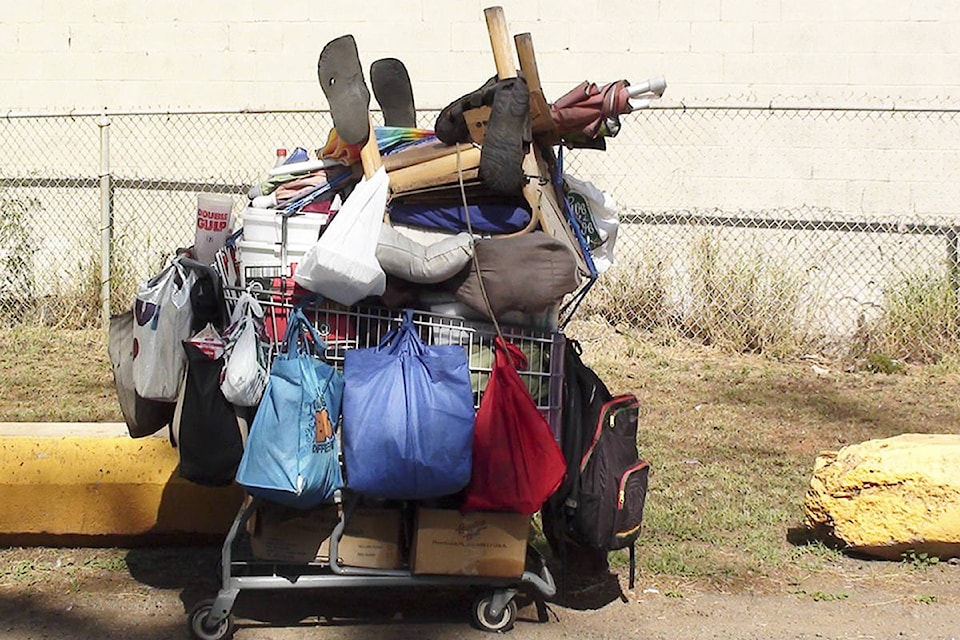Kelowna-Lake Country MP Stephen Fuhr says he believes the federal government’s new 10-year, $40-billion housing strategy will help reduce homelessness and improve affordability in the Central Okanagan.
“Kelowna-Lake Country faces a number of affordable housing challenges,” said Fuhr following release of the strategy in Ottawa on Wednesday.
“By reducing homelessness, supporting our front-line community housing organizations and shelters and addressing affordability, the National Housing Strategy will provide more people in our community with a safe, affordable place to live so they can raise their families and pursue education, jobs and opportunity.”
The strategy– which Ottawa says was developed through consultations with Canadians from all walks of life including people who have experienced barriers to good housing, experts, stakeholders, think tanks, provinces, territories and municipalities—sets a long-term vision for housing in Canada with investments and new programs from both Ottawa and the provinces.
Over 10-years, it will attempt to reduce homelessness and the number of families living in need with investments such as:
• $15.9 billion for a new National Housing Co-Investment Fund
• $8.6 billion for a new Canada Community Housing Initiative in partnership with provinces and territories, and $500 million through a new federal Community Housing Initiative
• $4 billion for a new Canada Housing Benefit to be launched in 2020 in partnership with provinces and territories
• $2.2 billion to reduce homelessness
• $300 million in additional federal funding to address housing needs in Canada’s North.
• $241 million for research, data and demonstrations
In recognition of the significant amount of new housing units to be built and repaired through the federal Co-Investment Fund, the strategy also includes ambitious targets to reduce greenhouse gas emissions and ensure accessibility in building design.
The government says it will work with Indigenous leaders to co-develop “distinctions-based” housing strategies with First Nations, Inuit, and the Métis Nation.
The announcement of the federal strategy comes at a time when the City of Kelowna is conducting its own work to try and reduce homelessness through its Journey Home Strategy and its Healthy Housing Strategy.
The city is also turning to people who have experienced homelessness, as well as other groups, to help in crafting a “made-in-Kelowna” solution to dealing with the issue of homelessness.
Earlier this week, Kelowna council was presented with a new housing needs assessment for the city that said there is an increasing number of people here experiencing homelessness and the situation is being impacted by the very low rental vacancy rate (0.6 per cent) and rapidly increasing house prices.
Kelowna has been ranked among the least affordable cities in Canada for housing in the Demographia Housing Affordability Survey.
“For some in our community, accessing or maintaining healthy housing is a daily struggle,” said the Housing Needs Assessment report presented to council. “With a vacancy rate of 0.6 per cent and escalating prices, the effects of a constrained rental market are evident across our community, particularly for those residents most vulnerable. Ensuring Kelowna continues to grow as a healthy community for all requires strategic direction and response to current and future housing needs.”
According to Ottawa, 1.7 million Canadians need proper housing. So it has set a number of goals including:
• Reducing chronic homelessness by 50 per cent
• Removing more than 530,000 households from housing need
• Creating four times as many new housing units as built under federal programs between 2005 to 2015
• Repairing three times as many existing housing units as were repaired under federal programs between 2005 to 2015
• Protecting an additional 385,000 households from losing an affordable place to live
The government says the strategy will focus on the needs of the most vulnerable through what it is calling a human-rights-based approach to housing.
Within the next year, legislation will be introduced obligating the federal government to maintain a National Housing Strategy and report to Parliament on housing targets and outcomes.
